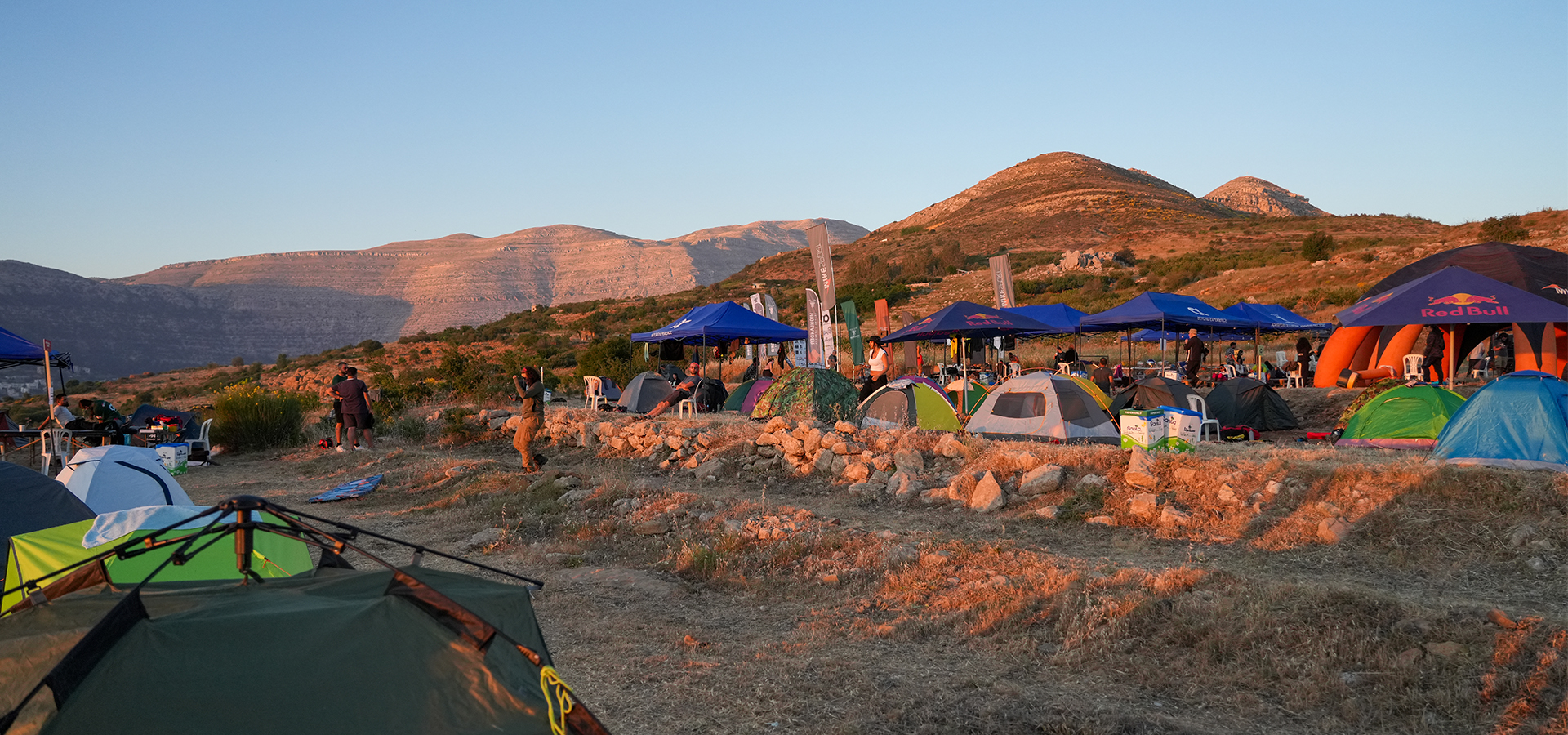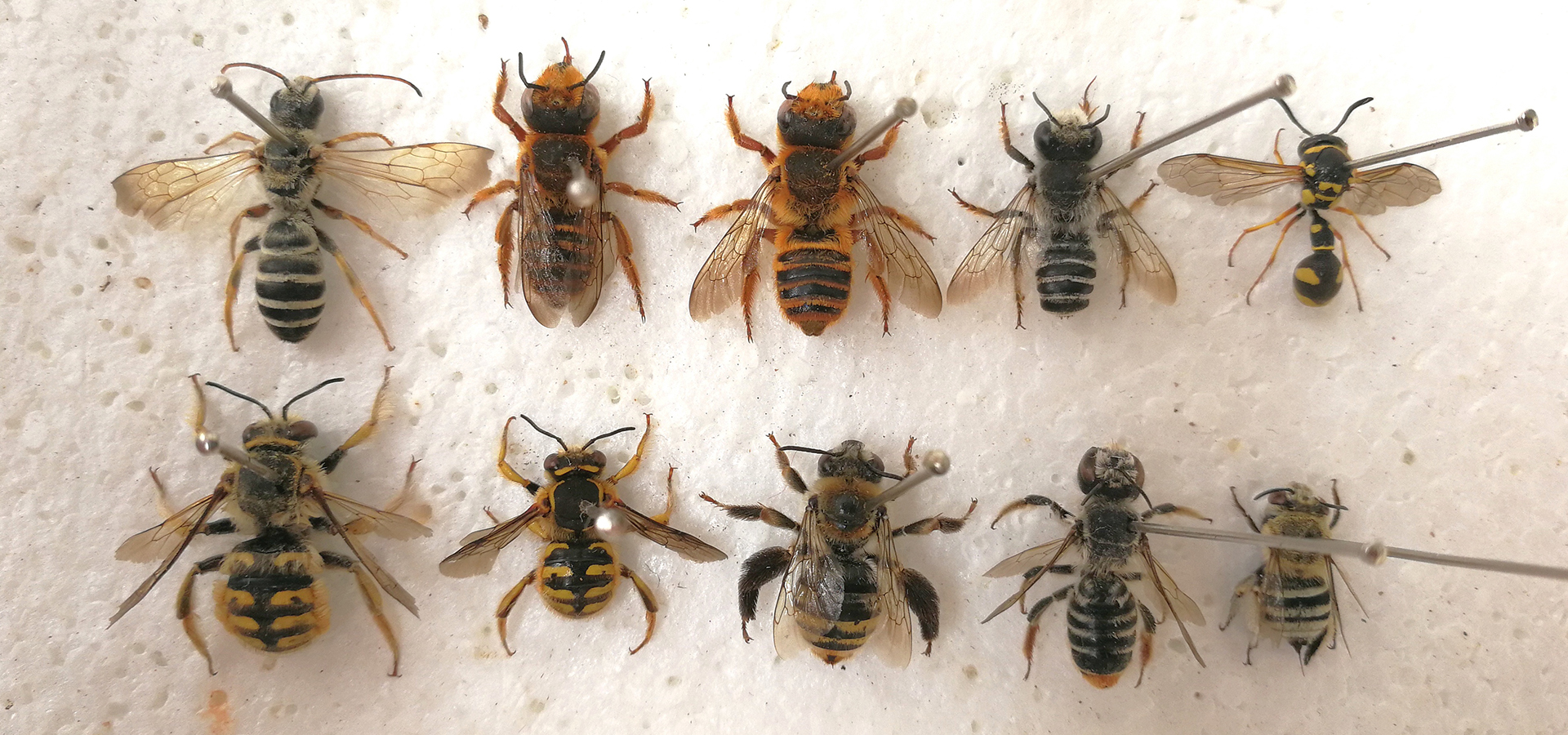
Insects diversity in Lebanon, Part 1: Akkar
- August 3, 2020
- 0
As a “mountains magazine”, we aim to shed the light on everything related to mountains and nature. For this reason, we are starting a series of articles addressing the different types of insects that can be found in the heart of the Lebanese mountains, starting from Akkar, one of the richest areas of insect diversity in Lebanon.
Akkar is one of the richest regions in terms of biodiversity of insects not only in Lebanon but in the Middle East. Akkar includes large areas of forests distributed over many different terrains and heights (0-2300m) to create extremely diverse environments within a small geographical area that support the existence of numerous insects species. In addition to that, no major studies about insects was conducted in the area and this raises the possibility of obtaining important and unprecedented results in our researches.
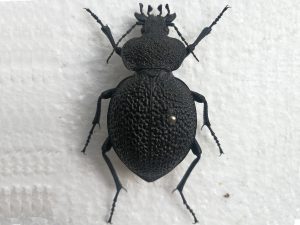
Among the most important goals of Akkar trail is to study and document insects in the region and create a database of insects that have been documented. In addition, Akkar trail possesses one of the most important collections of insects preserved in Lebanon under the supervision of Entomologist Abed lhadi Saab, it includes over a thousand specimen some of which are rare species, some are new records for Lebanon, and even some are believed to be an entirely new species! But unfortunately reaching the species level in identification for many specimen is impossible in Lebanon as we have a lack in identification keys, equipment, and experts specialized in the biodiversity of local insects.
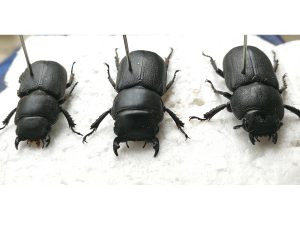
One of the main goals of these studies is to protect the environment, we introduce people to insects and teach them about what they do, how they interact with people, and most importantly how to protect them. In addition, we may mark specific locations that shows a remarkable diversity of insects or includes rare species, this will contribute in the protection of the site because of its importance as a major site for insect biodiversity.
Akkar trail is proud to lead this type of studies in the area, although progress is slow due to the limited capabilities, as all these researches are done with personal efforts and without any help or funding from anyone, despite the fact that it requires a lot of equipment for both field work and lab work, but working for scientific purposes is worth all the effort.
Cover Photo:
a collection of bees, we can see the Halictus sp, Eucera sp & megachile sp. We will talk in details about the Bees in Lebanon in the upcoming articles.
Picture 1 (Above):
Procerus Syriacus phoeniceus, the largest ground beetle (Carabidae) in Lebanon, this subspecies is endemic to Lebanon, it feeds mainly on snails and slugs.
Picture 2 (Above):
Dorcus Parallelepipedus also known as the Lesser Stag Beetle, its larvae (also known as grub) feeds mainy on decaying woody materials, adults prefer to fly during and after sunset and can be attracted to strong light sources
Picture 3:
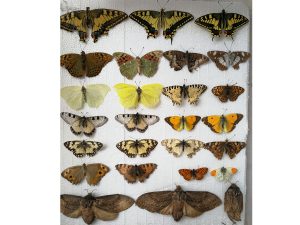
The 3 butterflies in the first row are Papilio Machaon one of the largest and mist beautiful butterflies in Lebanon, Below them in the second row on the left is Argynnis Pandora on both dorsal and Ventral side, the 3 brown moths at the bottom are Pachypasa Otus
Picture 4:
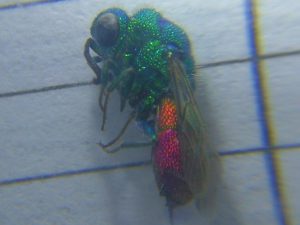
Chrysididae, also known as the Cuckoo wasp, this very colorful small wasp is parasitic to certain solitary wasps and bees, it is mainly found in sandy areas and after sunset and can be attracted to strong light sources.
Article Prepared by: Abd lhadi Saab in collaboration with Akkar Trail Team
https://www.instagram.com/abed_saab1/







